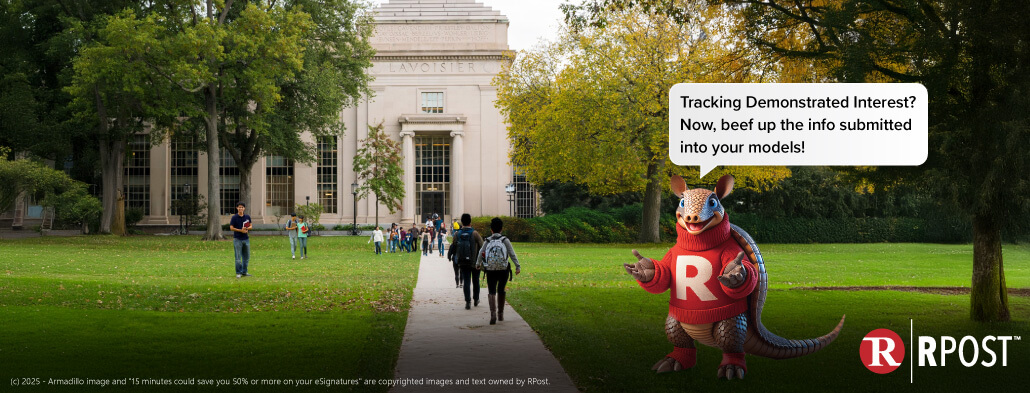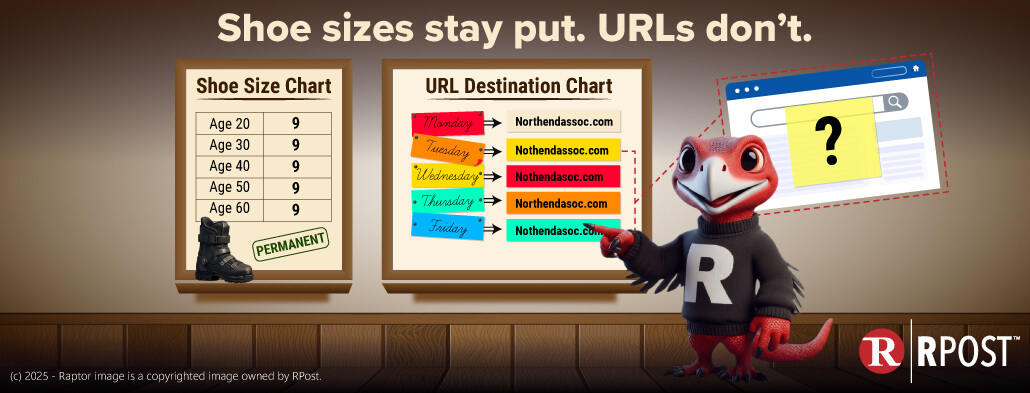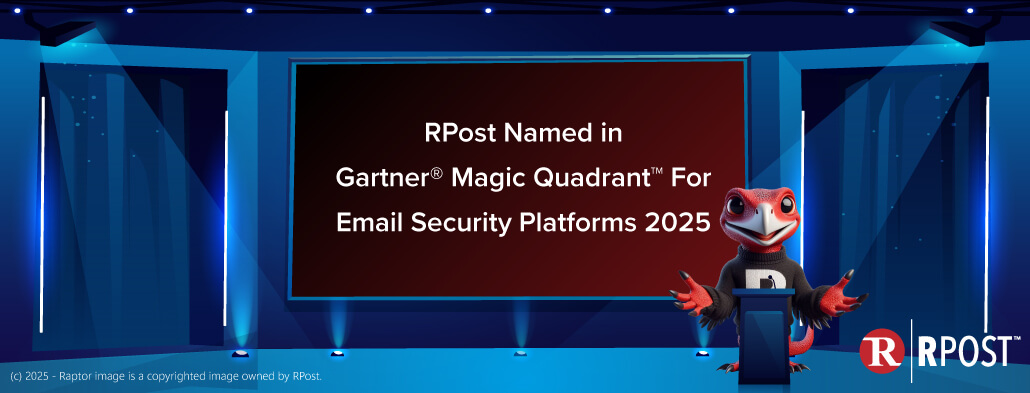
Armand here, RPost’s armadillo product evangelist. I’ve been exposed to college admissions season, and with my quantitative mindset, I noticed a new (at least new to me) criteria that feeds into the weighted average admissions models for many schools. They call it “Demonstrated Interest”.
What is “Demonstrated Interest”? It appears to be a score based on the school tracking technical metrics related to how the prospective student is interacting with the school’s digital assets. For example, every time a student logs into the school portal, the school tracks log in volume, frequency, and likely drops a cookie on their computer or device to track how many pages they visit on what parts of the website. Of course, they are also tracking whether the prospective student is opening promotional college email. This is far more tracking than in the old days when schools would simply track whether the student visited the campus, scheduled an interview, and went on a campus tour.
The goal of all this is to try to optimize the ratio of offers to enrollment, figuring that the prospects who are more engaged in the school’s information and process are more likely to enroll. The more likely the qualified prospects are to enroll if offered, the less risky it is for the school to extend the offer since they are rated on how desirable the school is based on this ratio of offers to enrollment.
I’m certainly not trying to oversimplify the admissions evaluation process, but considering the above got me thinking of a side benefit of one of the RPost security features, RDocs remote control content kill with the “Track Readers” feature.
You see, many organizations share analyst reports, white papers, brochures, responses to RFIs and RFPs, and they often try to track access when one fills a form to download a PDF. The problem is, once the PDF is downloaded, the owner of that information loses visibility (and control) as to how interested parties are interacting with the document --- what pages are they reading, for how long, which are the most popular pages, and have they shared it with other parties, who are those other parties, and how have they interacted with the information.
For the analytically minded, use of this RDocs service to identify “Demonstrated Interest” in the document topic can be invaluable to the information owner. In fact, these colleges would be well served to use this RDocs technology to beef up the information submitted into their models; as would analysts producing reports, marketing folks producing brochures, salespeople sending proposals or responding to requests for information.
Bottom line: Just as college admissions staff seek to “poke the bear” to determine prospective student interest, many in business would similarly like to know who is engaging with their information (if anyone 😉).
And even better, what if the systems could report these analytics without the information owner needing to poke? The bear is awake, blissfully reading your proposal. And, you can see which pages are most popular for each person – that is if you use RDocs.

December 19, 2025

December 12, 2025

December 05, 2025

November 21, 2025

November 14, 2025